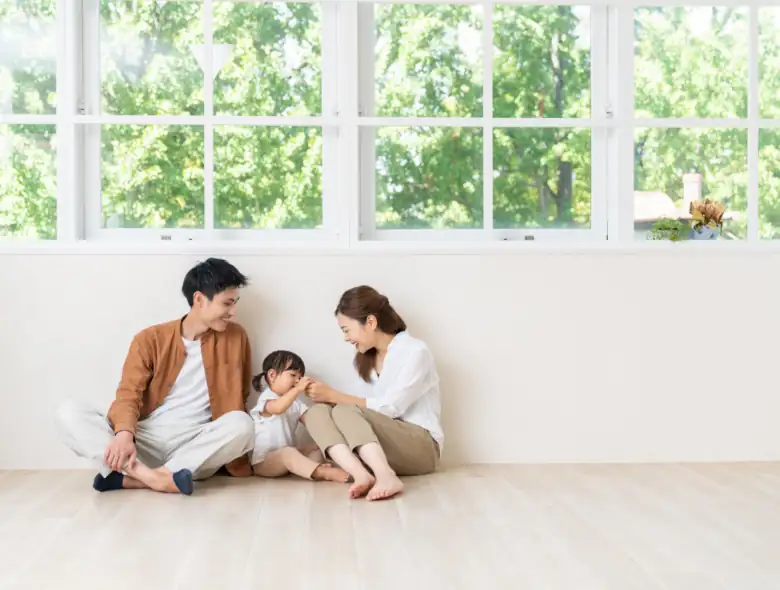In a study conducted by Japan’s House and Land Survey in 2019, the average floor plan of a Japanese apartment in Tokyo, the capital city, averages around 65.9 square meters, with only 41 square meters dedicated to the bedroom, kitchen, dining area, and living area.
There is some unique terminology on real estate rental listings in Japan and for those unfamiliar with these terms, here is a brief breakdown:
- R = single room
- L = includes a living room
- D = includes a dining room
- K = includes a kitchen / cooking area
These letters are usually accompanied by a number to indicate the number of rooms in the apartment. So, for example, 1R would mean a one-room apartment (like a studio); a 2LK would mean a 2-room apartment with a separate kitchen and living room area; and a 3LDK would mean a 3-room apartment with a living room, dining room, and kitchen area. The more letters you see and the higher the number, the bigger the apartment.
For a family of three in Japan, it’s recommended that a 2- or 3-bedroom apartment between 50 square meters and 70 square meters is necessary to ensure comfortable living and room for growth, especially if the youngest member of the family is currently only a baby but will grow into a toddler, and then child, who may need more room to play and study.
For those looking to start a family or are already a family of three and looking for a place to stay, this article will explore some factors you may want to take into consideration before embarking on apartment hunting. If budget is one of your concerns, consider Village House, a real estate organization offering over 1,000 rental properties across Japan’s 47 prefectures with low upfront apartment costs that can come with benefits such as no deposit, no renewal fees, no key money, and no handling fees.
Consider the Age of Your Child: A Young Child Needs Less Space
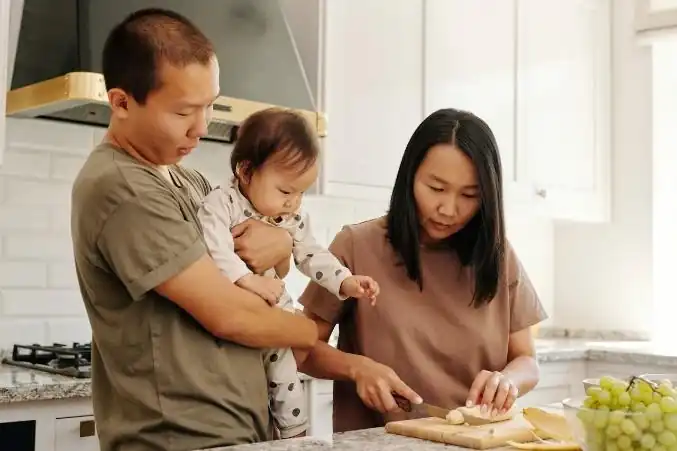
Does your family of 3 include a little one? Or are you perhaps looking to expand your family with a little one? Whatever the case may be, children need room to grow so it’s important to take that into consideration when apartment hunting. A 2LDK or 2DK+ apartment may be suitable for a family with a newborn or a toddler as they may presently not need that much space and can sleep with the parents in the same room.
However, as the child gets older, they may want their own room or have their own space to play and study in so a 3DK or 3LDK may be a preferable option if your budget allows for it. This option may also be more suitable for families who have one or both parents working from home because the extra room can serve as an office.
More Personal Space: Benefits of an Extra Private Room for the Parents
It’s not uncommon for parents and children to sleep together in one room on separate futon mattresses in Japan but times are changing, and many families are starting to see the benefits of having separate bedrooms for parents and children.
Depending on your personal family dynamic and the age of your child, along with whether or not you want to expand your current family of three to a family of four, looking at 2LDK and 3LDK apartments may be your best bet. A 2LDK would be suitable for parents with a young infant who can sleep with them in the same room while the second bedroom / room can be used as a study, office, or even a storage room.
Enough Room for Your Belongings: Prioritize Storage Space
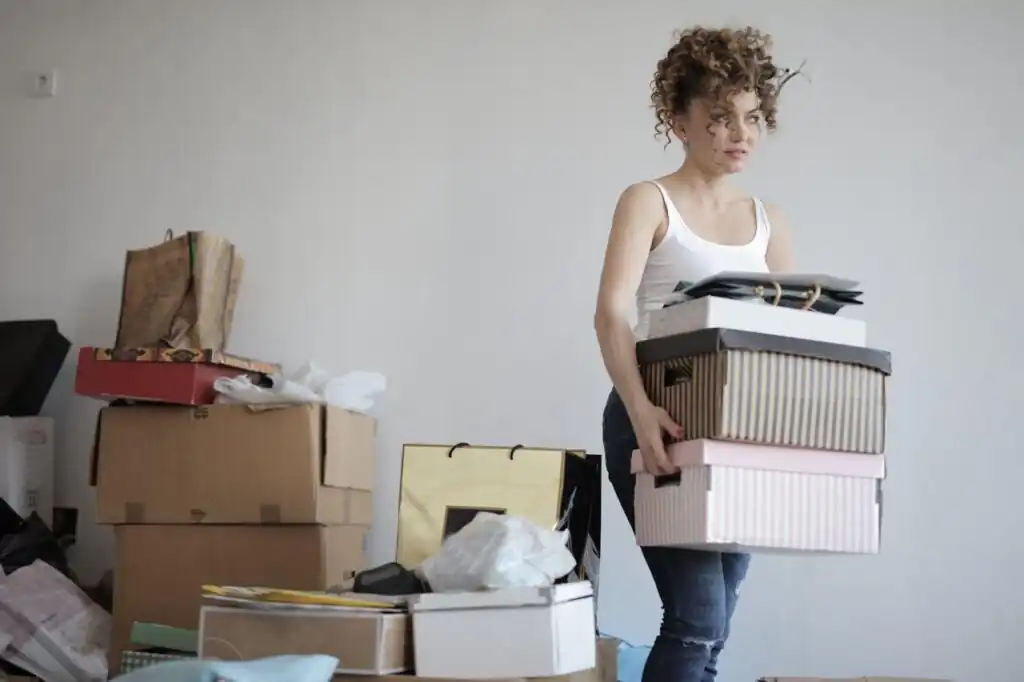
Speaking of storage, we all know that cities in Japan are notorious for having rather compact homes due to lack of space and land selling at a premium. Taking this into consideration, parents with a child or couples looking to start a family need to think about what kinds of apartment layouts can accommodate not only them but their belongings and furniture as well.
A 2DK+ apartment may be suitable for those with a young infant or toddler as all family members can sleep in one room, while the second room can be used as an office or study. The “+” in 2DK+ denotes an additional room, which can be used as a storage room. This extra room is great for those who perhaps have sports equipment and gear they need to store or live in the Tohoku and Hokkaido regions where having proper winter clothes is a must.
Be Able to Watch Your Child: A Counter Kitchen Is Ideal
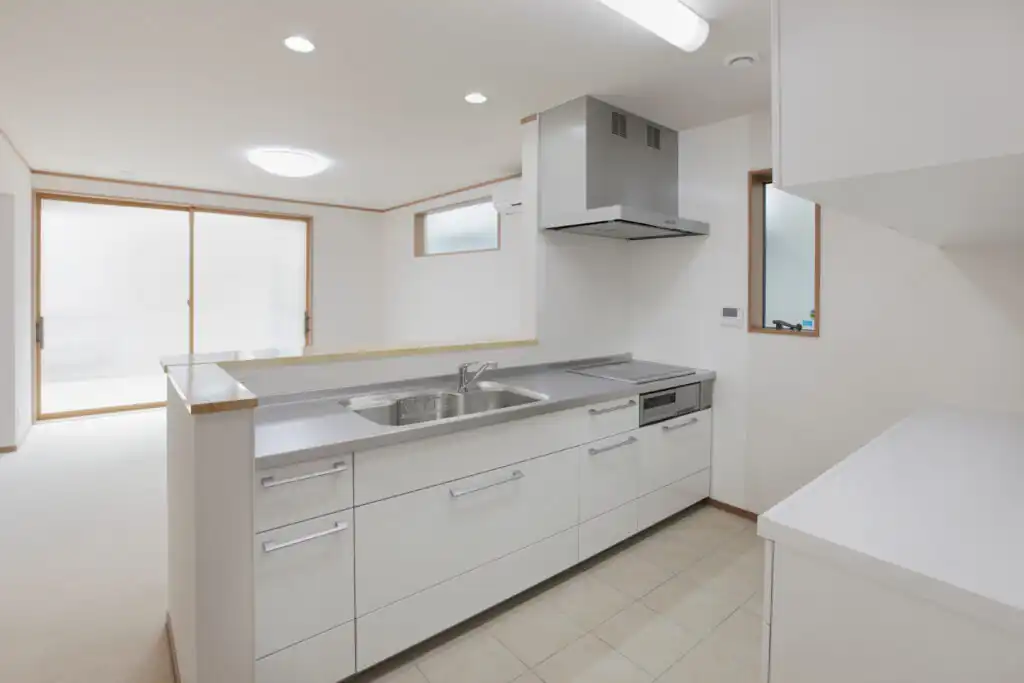
Families with young children who need to be monitored may benefit from apartment layouts with an open-plan style when it comes to the living room and kitchen areas. In these layouts, a counter kitchen separates the cooking area from the living room area. This apartment type allows parents to keep an eye on their kids while meal prepping or cooking, and also grants them easy access to the living room if need be.
If this is something that piques your interest, looking at 2DK or 2LDK apartments would be a good start. You can also pitch this request or requirement to your assigned real estate agent when apartment hunting. Real estate agencies like Village House also have online application forms you can fill out with a section for special requirements and requests so their representatives can match you to the listings that best suit your wants and needs.
Minimize Neighbor Noise Annoyance: Choose a First Floor Apartment
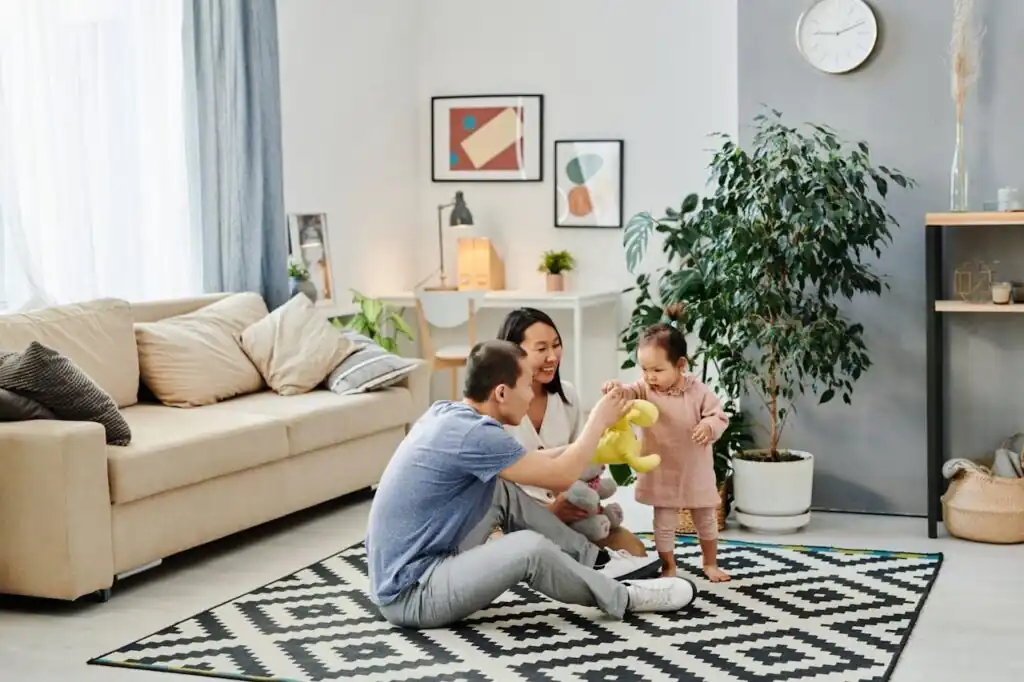
Last but not least, when looking for an apartment to suit your family of three, one thing to factor in is noise…from your end. Children, especially when young, can be rambunctious and loud without meaning to; and if you have a newborn or baby, well, they’re going to cry. Since respecting the need for quiet is an intrinsic aspect of Japanese societal culture to promote harmony among all, when apartment hunting for a family with children, you may want to consider apartments on the first floor as this reduces the risk of bothering neighbors with noise.
You can also inquire to your real estate agent about what kinds of tenants live in the building you’re interested in and what materials the building is made from. This can help you deliberate whether or not you may potentially receive a noise complaint because your child is playing too loudly, or your baby is crying at all hours of the night.
Related articles:
- Suitable Apartment Layouts for Couples – Find Out Which is Best for You and Your Partner!
- Moving With Children: Everything You Need to Know
- Designing the Perfect Room for Children
- No More Empty Rooms! Creative Ways to Utilize Unused Space in Your Home
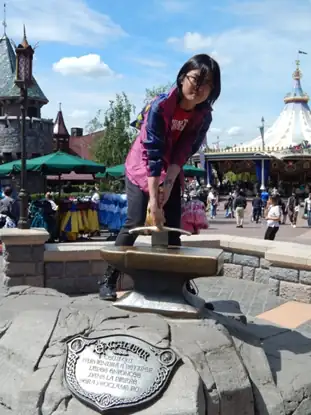
Freelance writer with over 2 years of experience writing for the Village House Blog, ESL teacher, and digital nomad who has lived in countries including The Czech Republic, The UK, The U.A.E., Japan, and most recently, Georgia. Is constantly on the hunt for the best, most optimal apartment for remote work when not enjoying going to film festivals, concerts, and the theater.


